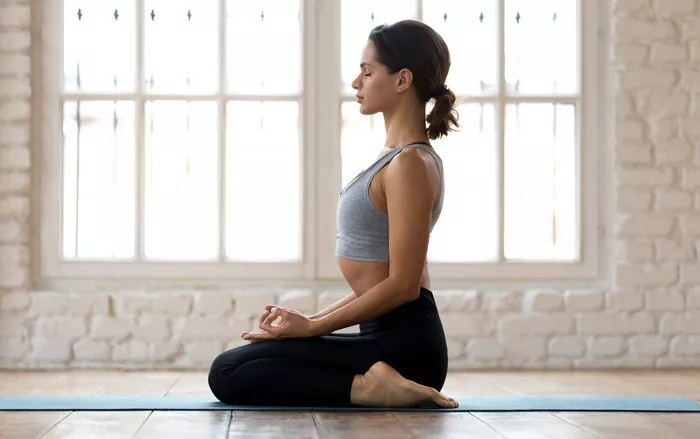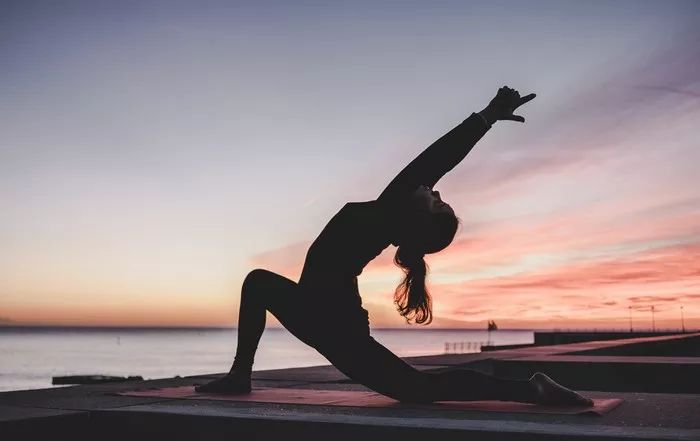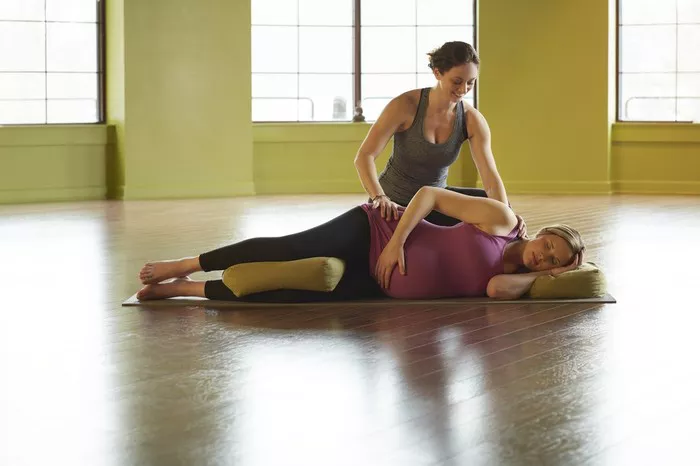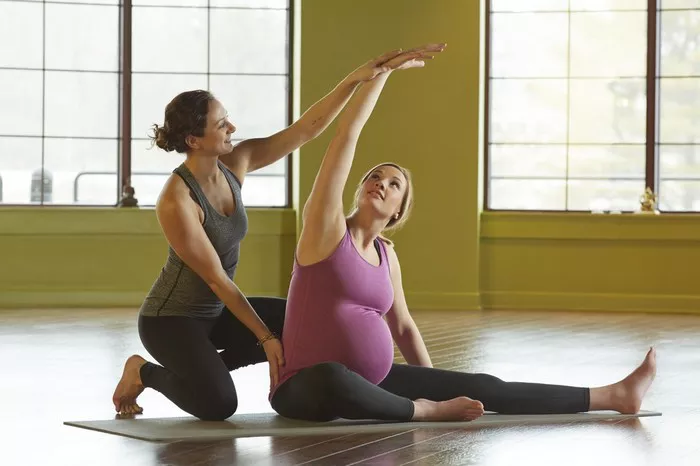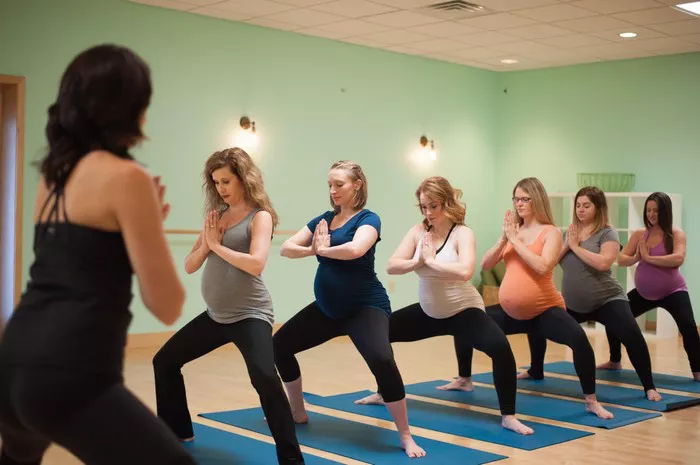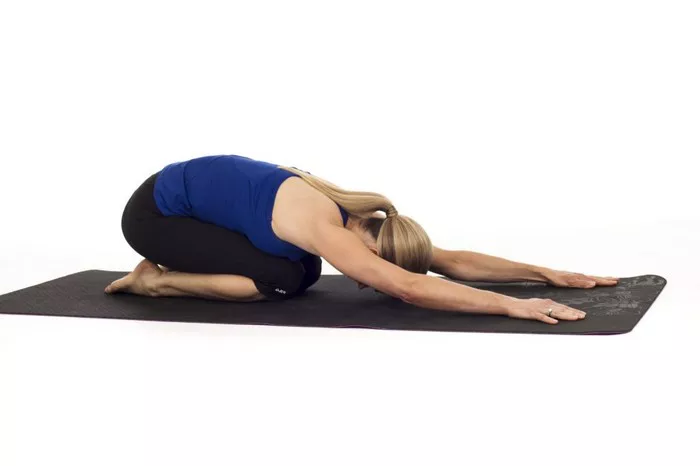Lower back pain is one of the most common issues that individuals face, affecting millions worldwide. Whether it’s a result of poor posture, an injury, a herniated disc, or muscle strain, lower back pain can greatly impact one’s quality of life. Many people turn to yoga as a natural remedy for alleviating discomfort and improving flexibility. However, not all yoga poses are suitable for those suffering from lower back pain, and in some cases, certain poses can exacerbate the condition.
This article will delve into the types of yoga poses that should be avoided by individuals with lower back pain and offer guidance on how to practice yoga safely and effectively.
Understanding Lower Back Pain
Before we explore which yoga poses to avoid, it’s essential to understand the anatomy of the lower back and the types of pain that can occur. The lower back consists of the lumbar spine, which is made up of five vertebrae. Between these vertebrae are intervertebral discs that act as shock absorbers. The muscles, ligaments, and tendons surrounding the lumbar spine provide support and flexibility.
Common causes of lower back pain include:
- Muscle strain or sprain: Often caused by overuse or improper lifting.
- Herniated disc: When the disc between vertebrae ruptures or bulges, causing nerve irritation or compression.
- Degenerative disc disease: The gradual wear and tear of the spinal discs over time.
- Scoliosis: An abnormal curvature of the spine.
- Poor posture: Long periods of sitting, slouching, or improper lifting techniques can strain the lower back.
Benefits of Yoga for Lower Back Pain
Yoga can be beneficial for lower back pain by:
- Increasing flexibility: Stretching the muscles and improving flexibility can reduce stiffness and tension.
- Strengthening the core muscles: A strong core provides better support for the spine.
- Improving posture: Regular practice encourages awareness of proper alignment.
- Reducing stress: Breathing exercises and meditation can help lower overall body tension.
However, not all yoga poses are beneficial for those experiencing lower back pain. Some postures may place excessive strain on the spine, aggravating existing conditions or causing further injury. Therefore, it’s important to be selective and mindful when practicing yoga.
Yoga Poses to Avoid with Lower Back Pain
Here is a list of yoga poses that are typically not recommended for individuals with lower back pain, as they can place undue stress on the spine and surrounding muscles.
1. Forward Fold (Uttanasana)
While Uttanasana can be an excellent stretch for the hamstrings and lower back, it can also exacerbate lower back pain for some people. When you bend forward from the hips, if the hamstrings are tight, it can put excessive strain on the lower back. This deep flexion of the spine can also worsen conditions like herniated discs.
Why to avoid it:
- It involves deep forward flexion of the spine, which may worsen disc issues or muscle strains.
- It may cause overstretching of the hamstrings and strain the lower back.
Modification: If you still wish to perform a forward fold, try bending your knees to reduce strain on the lower back, and come into the pose slowly and gently.
2. Cobra Pose (Bhujangasana)
Cobra pose involves a backbend, which can feel invigorating for the spine. However, it can also be challenging for people with lower back pain, particularly those with a herniated disc or degenerative disc disease. In Cobra Pose, you are lifting the chest off the ground using the muscles of the lower back, which may cause unnecessary pressure on the lumbar spine.
Why to avoid it:
- The backbend increases pressure on the lumbar spine and may exacerbate disc issues or muscle strain.
- It can cause compression on the vertebrae, leading to discomfort.
Modification: A gentler version of this pose is the Sphinx Pose (Salamba Bhujangasana), where you keep the elbows on the ground and the chest slightly lifted without overextending the lower back.
3. Bow Pose (Dhanurasana)
Bow Pose requires a deep backbend combined with a chest and leg stretch. While this can help increase flexibility in the spine, it can also be risky for those with lower back pain. This pose involves a deep arch of the back, and if the lower back is already weak or injured, it can intensify discomfort.
Why to avoid it:
- Bow Pose places a great deal of strain on the lumbar spine, especially when there is an existing issue like a herniated disc or muscle strain.
- It can hyperextend the lower back, which may lead to further injury.
Modification: Opt for less intense backbends like the Sphinx Pose or gentle Cat-Cow stretches instead.
4. Camel Pose (Ustrasana)
Camel Pose is a deep backbend that can feel invigorating and open the chest. However, for individuals with lower back pain, this pose can be problematic. It places intense pressure on the lower back and can cause discomfort, especially for those with existing back conditions.
Why to avoid it:
- The deep backbend can compress the lumbar spine and may worsen pain.
- It may increase the risk of disc injury or muscle strain.
Modification: If you would like to experience the benefits of a backbend, consider trying a modified version, where the hands are placed on the lower back for support and the depth of the backbend is reduced.
5. Plow Pose (Halasana)
Halasana, or Plow Pose, involves a deep forward fold with the legs extended over the head and the feet touching the ground. This intense stretch can strain the lower back by forcing the spine into deep flexion, which can aggravate an already sensitive lumbar region.
Why to avoid it:
- The deep flexion of the spine can exacerbate disc herniation or muscle strain.
- The weight of the legs on the spine can put additional pressure on the lower back.
Modification: A safer alternative could be to practice a gentler forward fold with your knees bent, avoiding the deep flexion in the spine.
6. Wheel Pose (Chakrasana)
Wheel Pose is an intense backbend that requires a significant amount of flexibility and strength. For individuals with lower back pain, this pose can put too much pressure on the spine and may cause injury or aggravate existing pain.
Why to avoid it:
- Wheel Pose demands a high degree of spinal extension, which can overstrain the lower back.
- It requires the back to bend significantly, which may cause discomfort for those with herniated discs or degenerative conditions.
Modification: Consider using supported backbends such as supported Bridge Pose (Setu Bandhasana), where the back is not extended too deeply.
7. High Lunge (Crescent Lunge)
While High Lunge is a great pose for strengthening the legs and improving balance, it can cause discomfort for individuals with lower back pain. The deep lunge stretches the hip flexors and places pressure on the lower back, especially if the hips are not properly aligned.
Why to avoid it:
- The deep lunge can put undue stress on the lower back, particularly if there is tightness in the hip flexors or weakness in the core.
- It may exacerbate issues with alignment and posture.
Modification: Perform a low lunge with your knee on the ground, or use blocks under your hands for additional support.
8. Twisting Poses (e.g., Revolved Triangle, Parivrtta Trikonasana)
Twisting poses can be challenging for people with lower back pain. While twists can help with spinal mobility, they can also strain the muscles and ligaments in the back if performed incorrectly. Over-twisting can exacerbate pain, especially for those with herniated discs or spinal stenosis.
Why to avoid it:
- Twisting can place rotational stress on the lower back and aggravate pain.
- If the muscles in the lower back are not strong enough to support the twist, it can lead to injury.
Modification: Focus on less intense twists, and always keep the lower back in a neutral position. Use props like blocks to support your hands and reduce the intensity of the twist.
General Tips for Practicing Yoga with Lower Back Pain
- Focus on Core Strengthening: A strong core provides stability to the spine and can help alleviate pressure on the lower back. Incorporate poses like Plank Pose, Boat Pose, and modified versions of Side Plank.
- Maintain Neutral Spine Alignment: Always strive to keep the natural curve of the spine intact during your practice. Avoid excessive arching or rounding of the back, as this can exacerbate lower back pain.
- Listen to Your Body: Be mindful of any discomfort or pain. If a pose causes sharp pain or exacerbates your symptoms, stop immediately and modify or skip the pose.
- Work on Flexibility Gradually: If you have tightness in your hips, hamstrings, or lower back, focus on gentle stretching. Gradually increase flexibility over time without forcing any movements.
- Consult with a Healthcare Professional: If you have significant lower back pain or a medical condition like a herniated disc or sciatica, it’s important to consult with a healthcare provider or a yoga therapist before starting or continuing your practice.
Conclusion
Yoga can be a helpful tool in managing and alleviating lower back pain when practiced mindfully. However, it’s crucial to avoid poses that could place undue strain on the lower back. By listening to your body, modifying poses, and focusing on building strength and flexibility gradually, you can safely enjoy the many benefits of yoga while protecting your back. Always remember, every individual’s body is different, and practicing yoga with caution is key to maintaining a healthy spine.
Related Topics:

